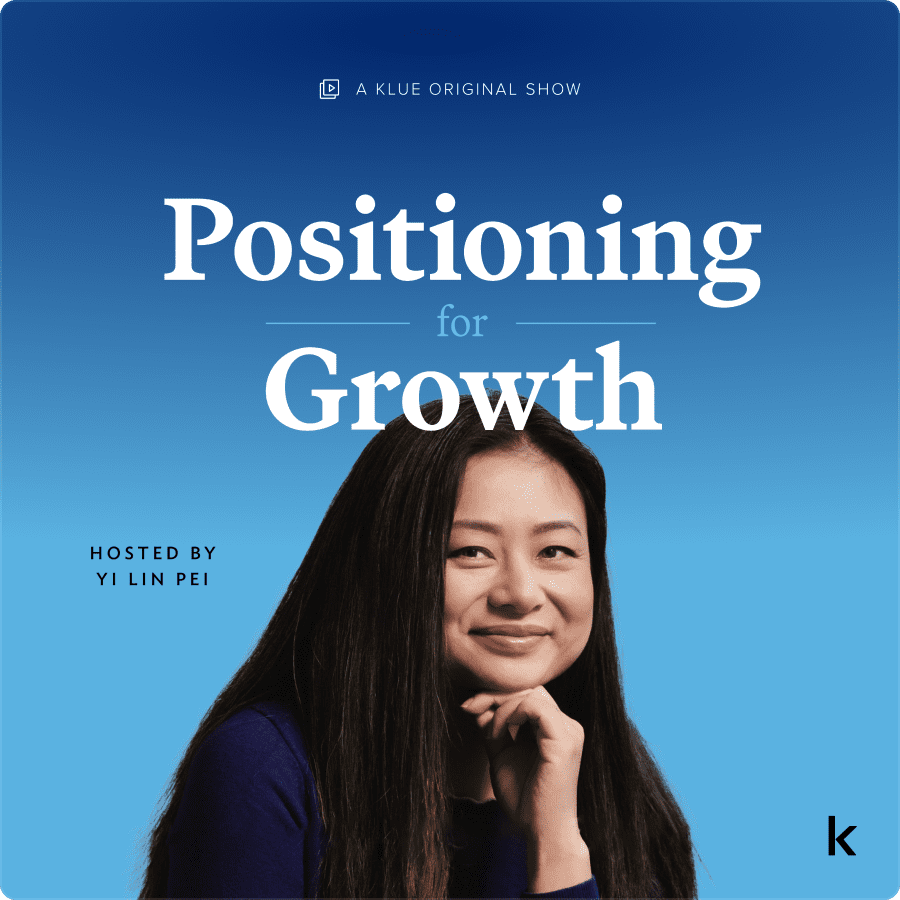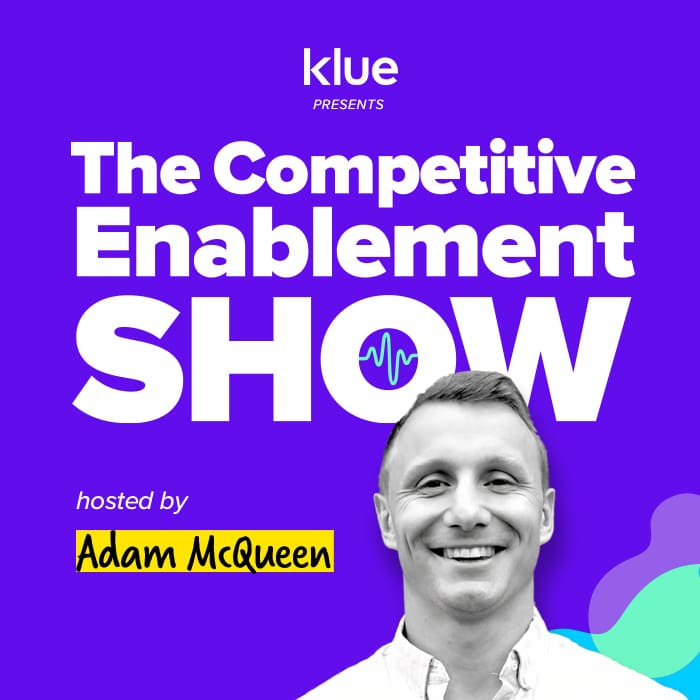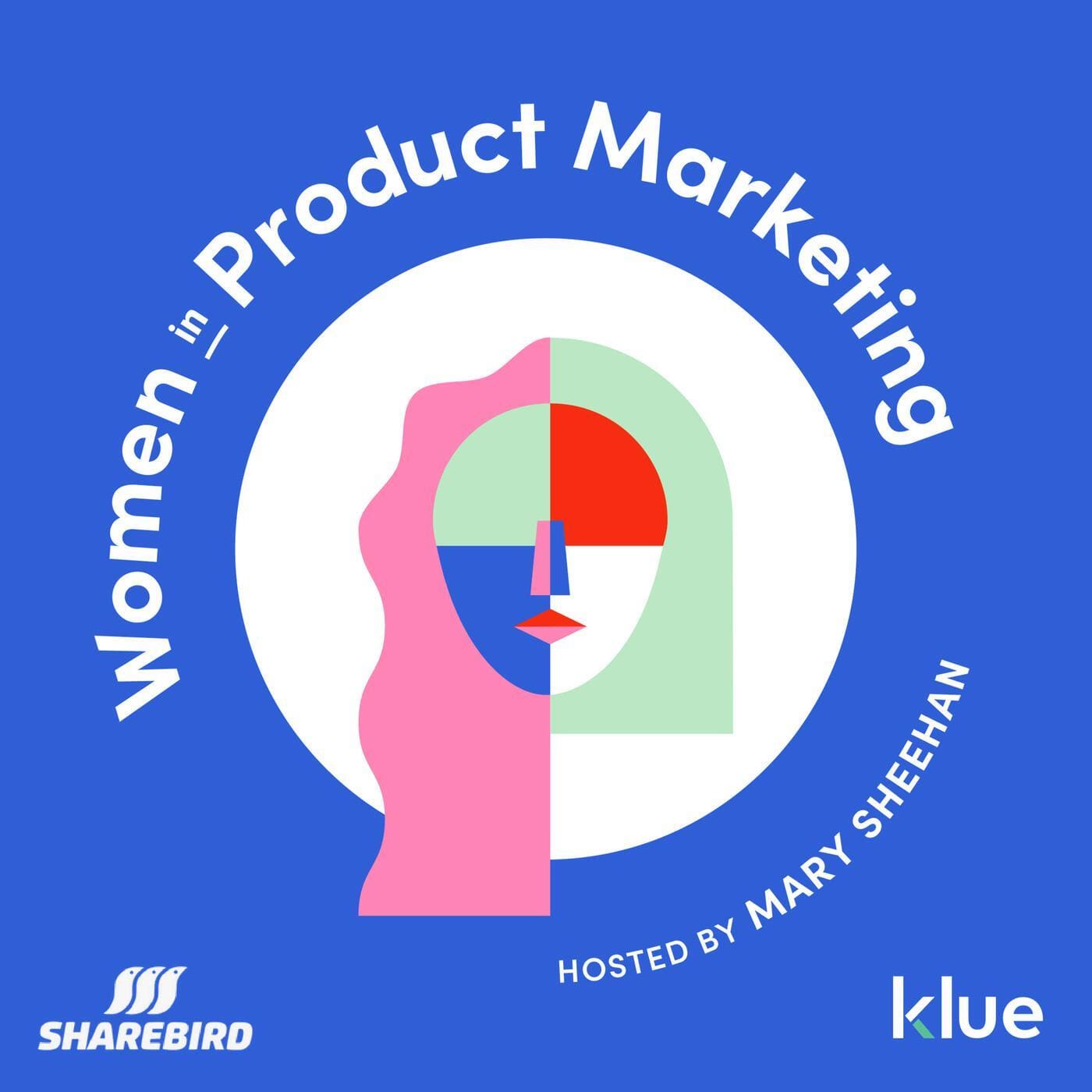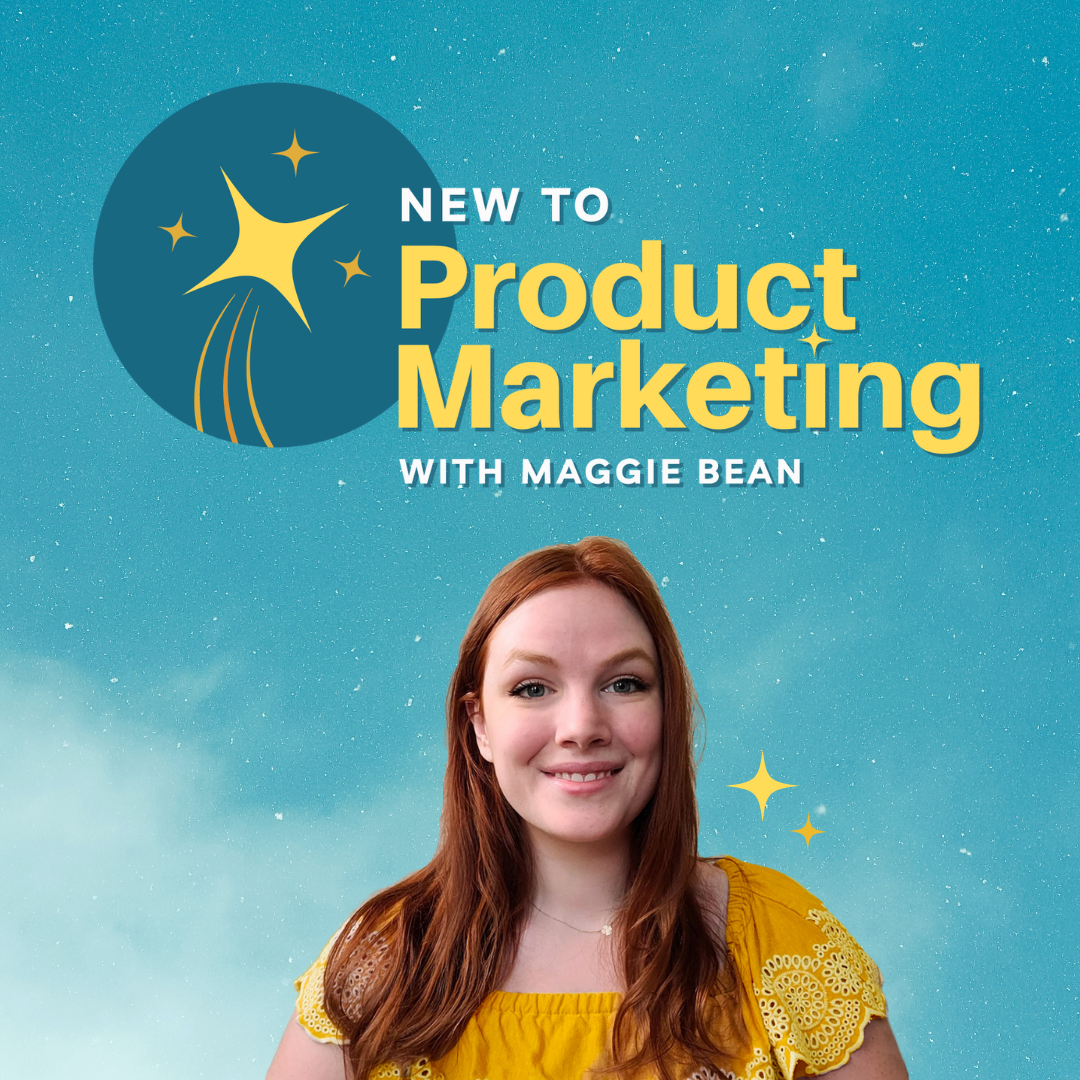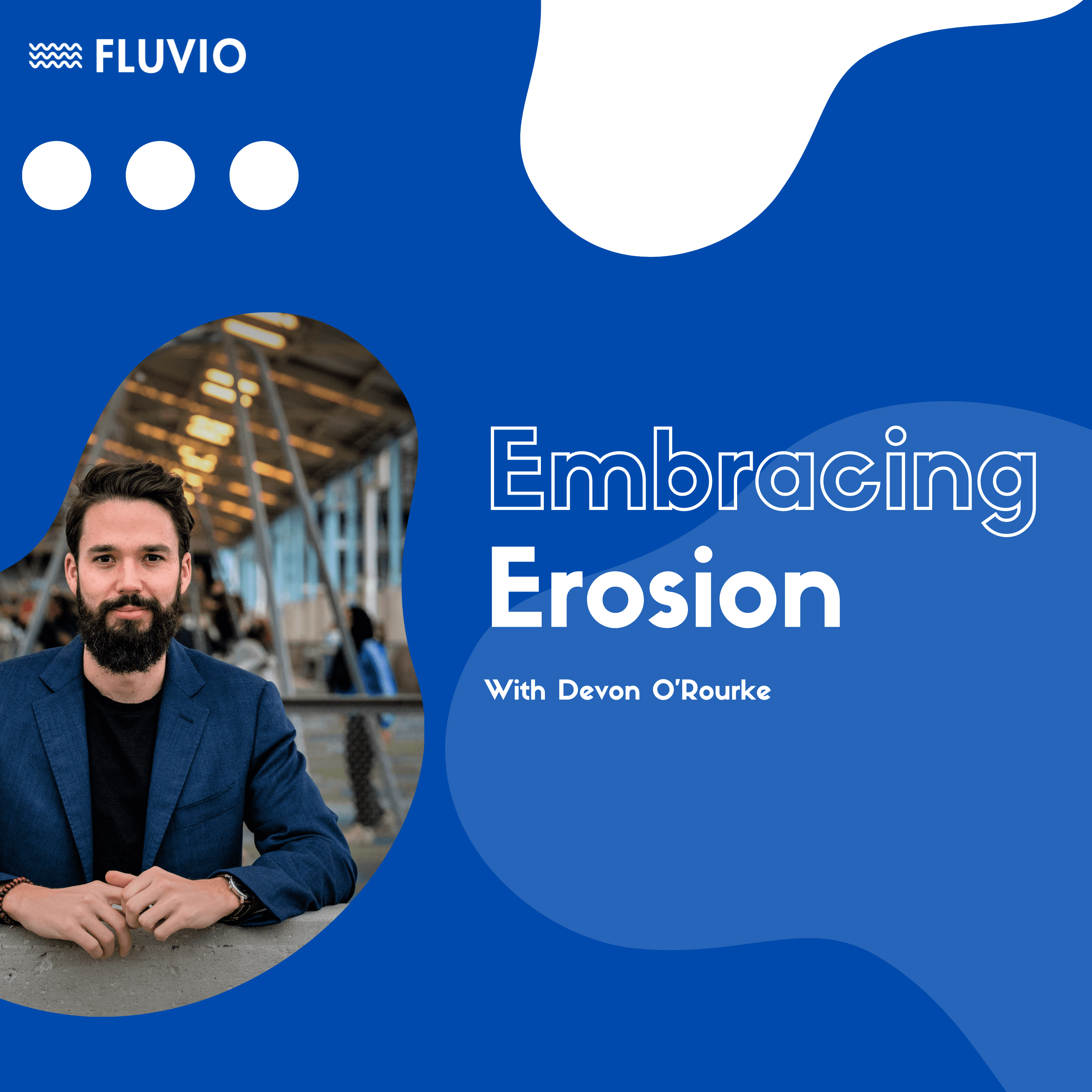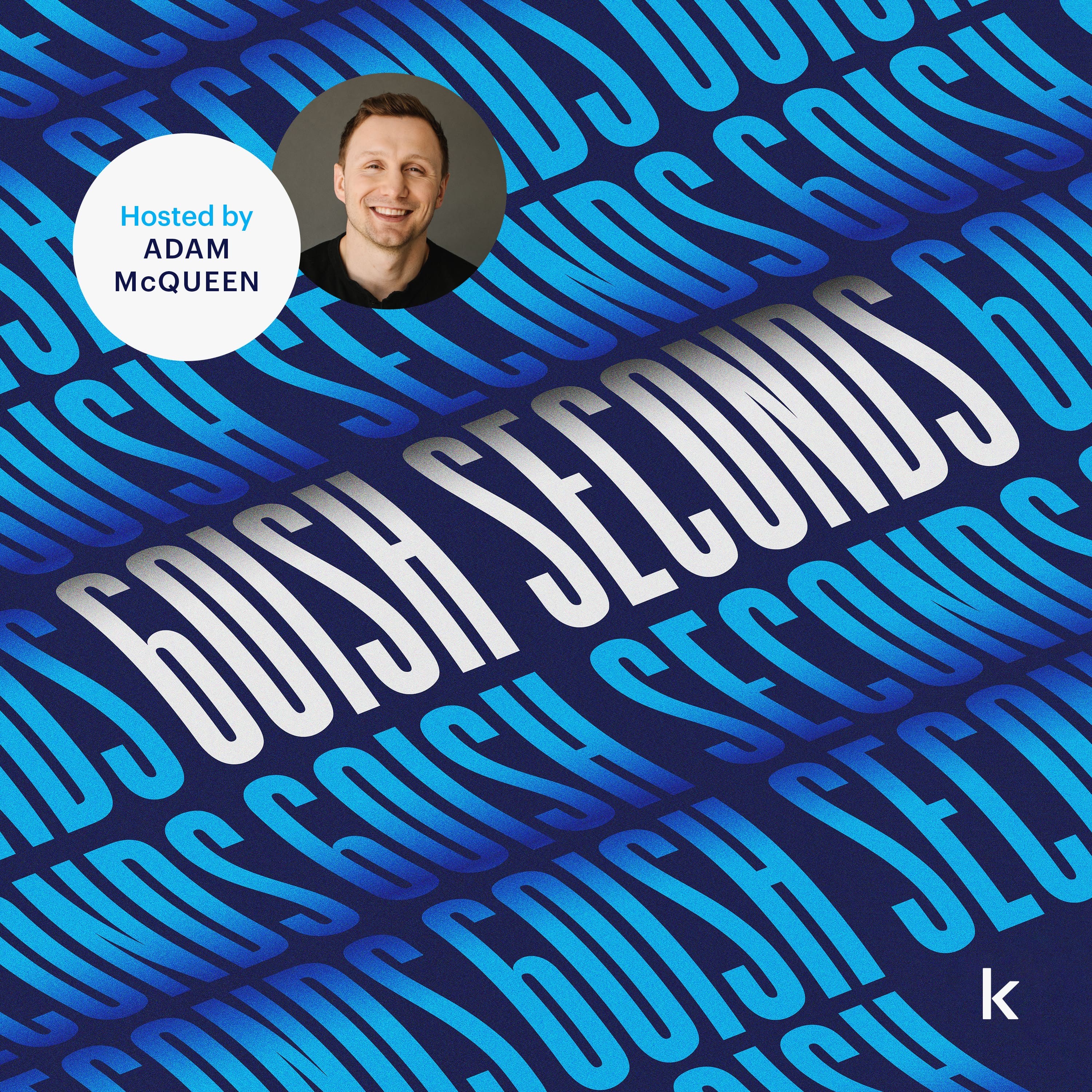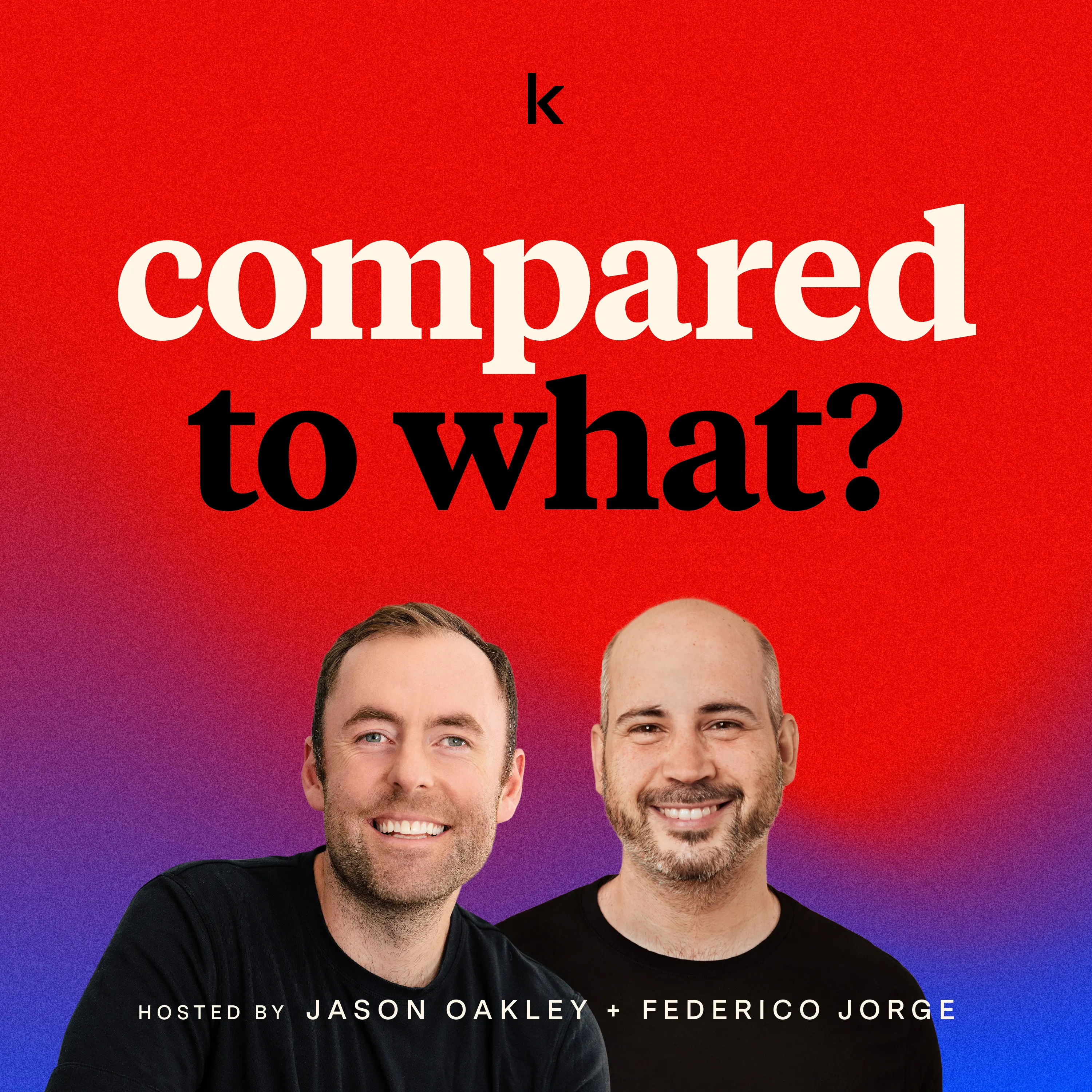Creating a Culture of Compete | Anthony Fritsch, CoachHub
Global Head of Sales Enablement at CoachHub Anthony Fritsch joins Adam as the guest on this week’s edition of the Competitive Enablement Show.
The Sparknotes
✅ Compete should support sales first before broadening out to product and marketing
“When it comes to collecting intel, sales are the frontline.”
It’s a question Anthony gets very, very often. Why should compete live within the enablement team and not marketing?
For him, it all boils down to one thing: intel collection.
Sales reps are on the frontline, interfacing with prospects and your ICP every single day.
This sets them up to collect all kinds of valuable intel regarding positioning, pricing, and differentiation.
What’s more, sales reps are most likely to give you the straight facts — an unadulterated look at the reality they face on the ground.
“What’s great with sellers is no matter what we think or say, they will be the most agnostic when it comes to collecting intel.”
As Anthony puts it, for a competitive enablement program to be successful, it requires a company-wide effort.
And it always starts with coaching and empowering sellers to share intel across the company.


⚡️ 3 Steps for building a culture of compete: tools, onboarding, ongoing enablement
“The first step was to actually get the right tools so we could build a structure.”
It wasn’t just that Google’s enablement team helped build a strong culture of compete. The team succeeded in building a reliable and sought-after brand within the entire organization.
As Anthony built out the enablement program at CoachHub — effectively from scratch — he followed a three-step process.
1️⃣ – Buy the right tools and software, but stick to only a handful or so
“We want to make sure that no matter how you access information, you always get the right information.”
2️⃣ – Build and deliver a strong sales onboarding experience
“We have the ambition to create the best sales onboarding experience for our leaders, executives, and CSMs.”
3️⃣ – Move towards continuous enablement
“Now we have a strong product certification that is almost our flagship program when it comes to the knowledge and the application of knowledge.”
Tl;Dr – Pick the right software solutions, but hold yourself to account by using as few as possible. Make sure to nail your sales onboarding. And work to build continual learning modules to deepen knowledge.
Three ways to measure success: c-suite perception, seller confidence, business impact
“I took [this] from my years at Google: the way we actually measure the impact of our program is a three-tiered approach.”
It all starts with measuring satisfaction in your compete program. And whose satisfaction should you gauge first? The c-suite.
Suvey your leadership team every quarter and ask them to rate your compete program out of five. Measuring changes over time will give you a sense of the overall support and satisfaction in your program.
Secondly, you want to measure seller confidence. Just like surveying the leadership team, send out a competitive confidence survey to your sellers to see how they rate your compete program’s effect on their seller confidence.
And thirdly, you’ll want to look at your overall business impact. But metrics like win-rate, deal-size, and deal velocity can all be appropriate proxies for measuring competitive success.


NEWSLETTER

Competitive strategies in five minutes or less. Straight to your inbox.
The official newsletter of The Compete Network with the best compete content from Klue, our customers, and compete experts from around the industry. Coffee & Compete's got you covered.


